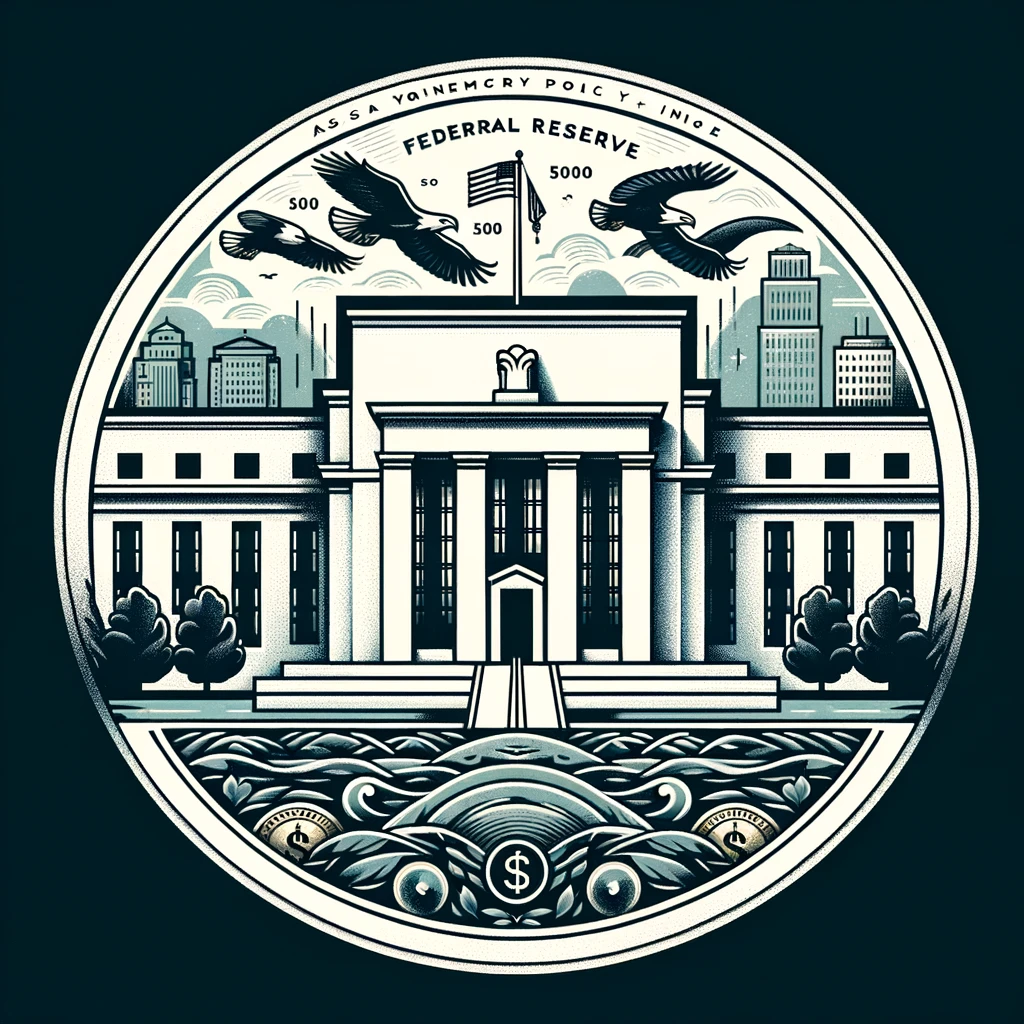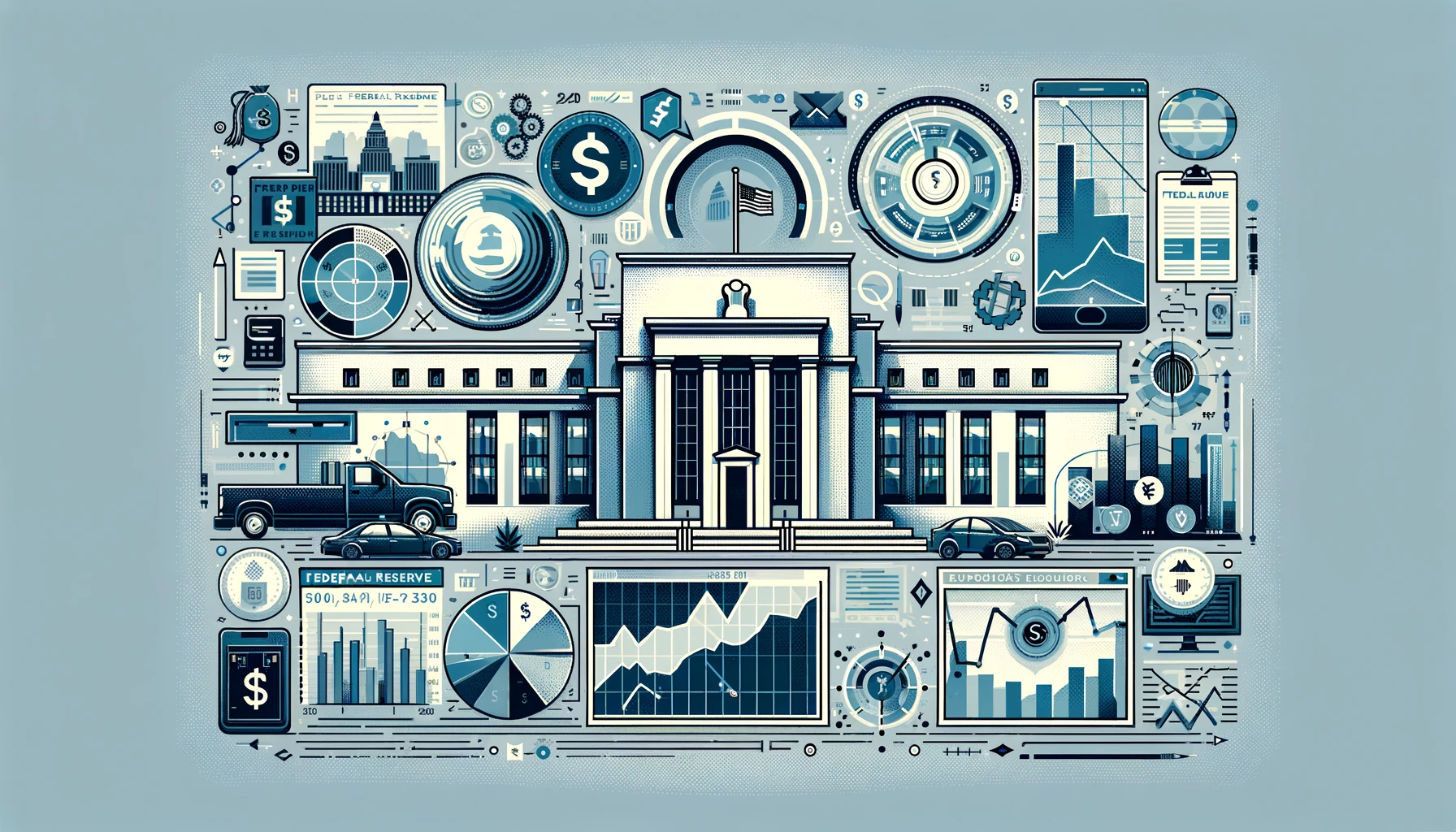As the Federal Open Market Committee (FOMC) meets today (1800GMT), expectations are set for interest rates to remain at the 23-year peak of 5.25-5.5%. This decision comes amid persistent inflation pressures and a resilient U.S. economy. Here’s what financial markets should watch for:
1. Adjusted Expectations for Rate Cuts Amid Inflation Concerns The persistence of inflation has surprised economists and forced the Fed to reconsider the pace of any potential easing. Originally, the market anticipated up to three rate cuts in 2024, but these expectations may be tempered. If the Fed signals fewer rate cuts in their updated Summary of Economic Projections (SEP), this could lead to a bullish scenario for the U.S. dollar as higher interest rates typically attract inflow from yield-seeking capital.
2. Economic Resilience vs. Inflation Management The U.S. economy has shown signs of enduring strength, which complicates the Fed’s pathway to lowering rates. A strong economic outlook may bolster equity markets but could also lead to a reevaluation of bond yields, particularly if the Fed hints at a slower pace of rate decreases. Fixed income markets will be closely watching the Fed’s commentary for signs of how they balance growth with inflation control.
3. Fed’s Communication and Market Reaction Fed Chair Jerome Powell’s press conference will be crucial for setting market expectations. Any indication of a shift in the Fed’s view on inflation or economic growth can cause significant market volatility. A more hawkish tone than expected could boost the dollar and pressure stocks, especially if traders push back expectations for rate cuts. Conversely, any dovish signals could uplift stock markets but potentially weaken the dollar against other currencies.
Market Implications
- Equities: A delay in rate cuts could dampen optimism in the stock market, particularly for growth-oriented sectors like technology that are sensitive to interest rate changes. However, confirmation of economic resilience might limit the downside.
- Bonds: Bond yields may adjust upward if the market perceives the Fed as less likely to cut rates soon. This adjustment would reflect a reassessment of the interest rate outlook.
- Currencies: The U.S. dollar could strengthen if the Fed maintains a cautious stance on rate cuts, emphasizing inflation risks over immediate economic slowdown concerns.
- Commodities: Commodities and precious metals like gold, often seen as hedges against inflation and currency devaluation, might react negatively to a stronger dollar and the prospect of sustained high rates.
Conclusion Today’s FOMC meeting is more about the signals it sends for the future than about immediate action. Financial markets will need to brace for nuanced shifts in the Fed’s outlook, which could recalibrate expectations for the U.S. economy’s trajectory and the subsequent monetary policy response. As the global economy navigates continued uncertainties, the clarity provided by the Fed will be crucial for investment strategies across asset classes.




